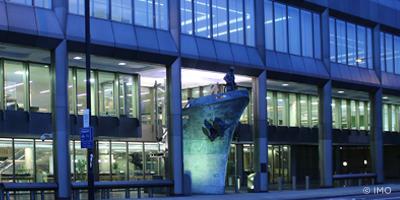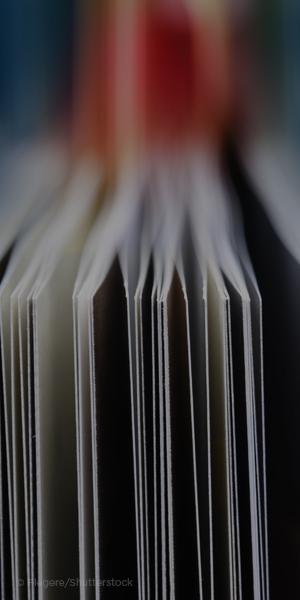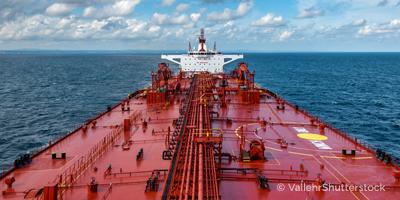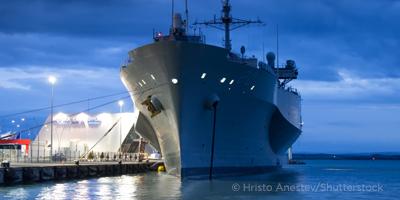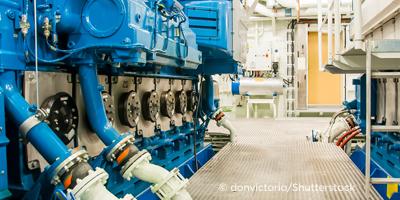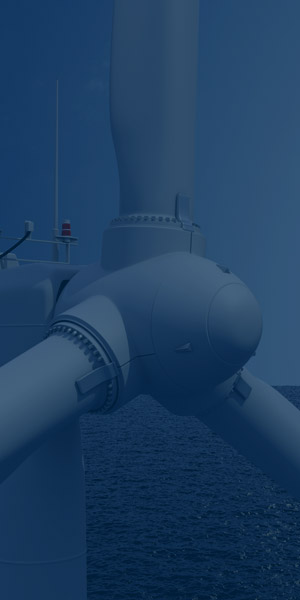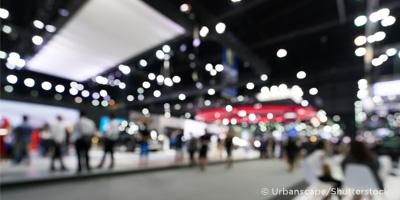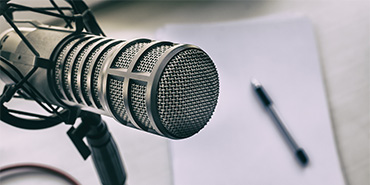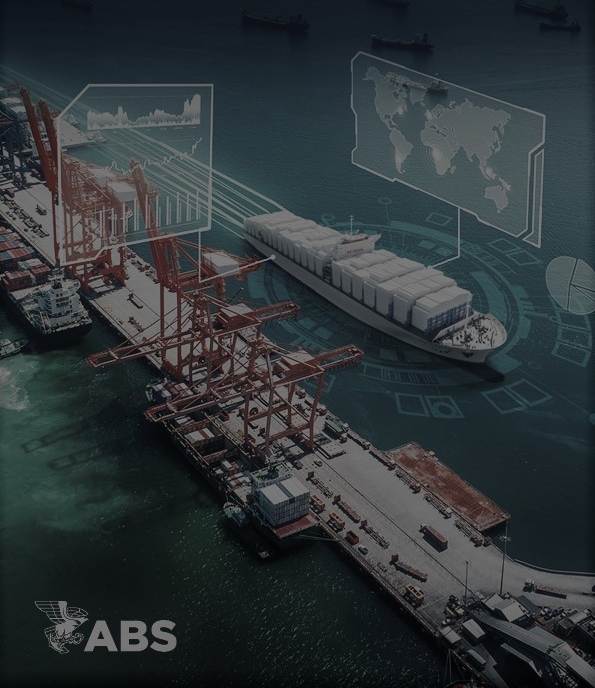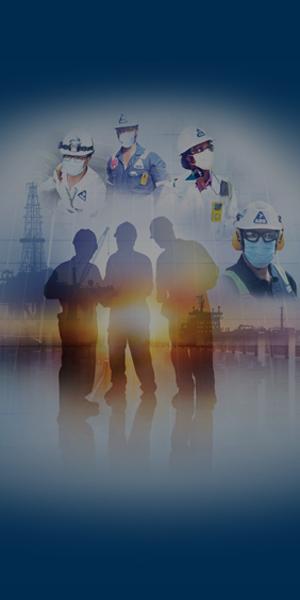Quick Links
- Rules and Resources
-
Services
Quick Links
Offshore- Production
- Offshore Support Vessels
- Exploration
- Offshore Wind Projects
- Offshore Wind Vessels
- Subsea Solutions
- Offshore Sustainability
- Offshore Space Support
- Floating Production Storage and Offloading (FPSOs)
- Offshore Energy Production
- Offshore Aquaculture
- Subsea Mining
- Novel Concepts and New Technologies
- Offshore Decommissioning
Sustainability and Decarbonization- Energy Efficiency Existing Ship Index (EEXI)
- Sustainability Reporting and Assurance
- Simulation-based Energy Efficiency Evaluation Service (SIM EEE)
- Greenhouse Gas (GHG) Rating Improvement
- Greenhouse Gas Inventory and Carbon Accounting
- Carbon Capture, Utilization, and Storage (CCUS)
- Alternative Fuel Options
- Alternative Power Sources
- Marine Sustainability
- Offshore Sustainability
- Green Shipping Corridors
- Methanol Value Chain
- Gas
- Carbon Intensity Indicator (CII)
- Ammonia Value Chain
- Carbon Diligence Platform
- Innovation and Technology
-
News and Events
Quick Links
-
About
Quick Links
- Rules and Resources
- Services
- Innovation and Technology
- News and Events
- About Us and Careers
- Rules and Resources
- Rules and Guides
- Regulatory Updates
- Advisories and Debriefs
- Flag and Port State
- Engineering Software / License
- Engineering Reviews
- ABS MyFreedom™ Portal
- Databases
- Forms
- Services
- Classification
- Approval and Certification
- Company and Ship Audits
- Global Marine
- Global Offshore
- Global Government
- Sustainability and Decarbonization
- Digital Solutions
- Cybersecurity
- Maritime Training
- Innovation and Technology
- Technology Advancement
- Academic Engagement
- Industry Partnerships
- Data and Digitalization
- Knowledge Center
- About Us and Careers
- Who We Are
- Safety
- Careers
- Contact Us
Offshore Aquaculture
Aquaculture
The increasing demand for fish has led many aquaculture installation owners to move from inshore to further offshore where space allows for expanded production. In addition, pollution, rising costs and intense competition for shoreline real estate create significant incentives for positioning aquaculture installations offshore.
To address this growing trend, ABS has published the Guide for Building and Classing Aquaculture Installations, and is applicable to several types of installations including spar-type, column-stabilized type, ship-shape floating fish farming installation as well as non-buoyant fish farming installation.
The Guide provides class requirements for the design, construction, installation and survey of non-self-propelled, sited aquaculture installations. Specifically, the Guide addresses three major elements: the hull structure, the mooring system or foundation, and onboard machinery, equipment and systems that are not part of the aquaculture systems. Applicable vessels that meet the class requirements included in the guide are eligible to receive the notations Fish Farm Installation, Manned or Fish Farm Installation, Unmanned, accordingly.
Additionally, ABS has also issued the Guide for Building and Classing Aquaculture Service Vessels which focuses on the class requirements for aquaculture service vessels, including support vessels, pellet carriers, live and refrigerated fish carriers, harvest, factory and processing vessels. Applicable vessels that meet the class requirements included in the Guide are eligible to receive the notations ASV-Support, ASV-Fish Pellet or ASV-Live Fish, accordingly.
ABS has been involved in several aquaculture installation projects with particular consideration of the unique characteristic of the installation with regards to global performance, structure, mooring and stability.

© 2024 American Bureau of Shipping. All rights reserved.





